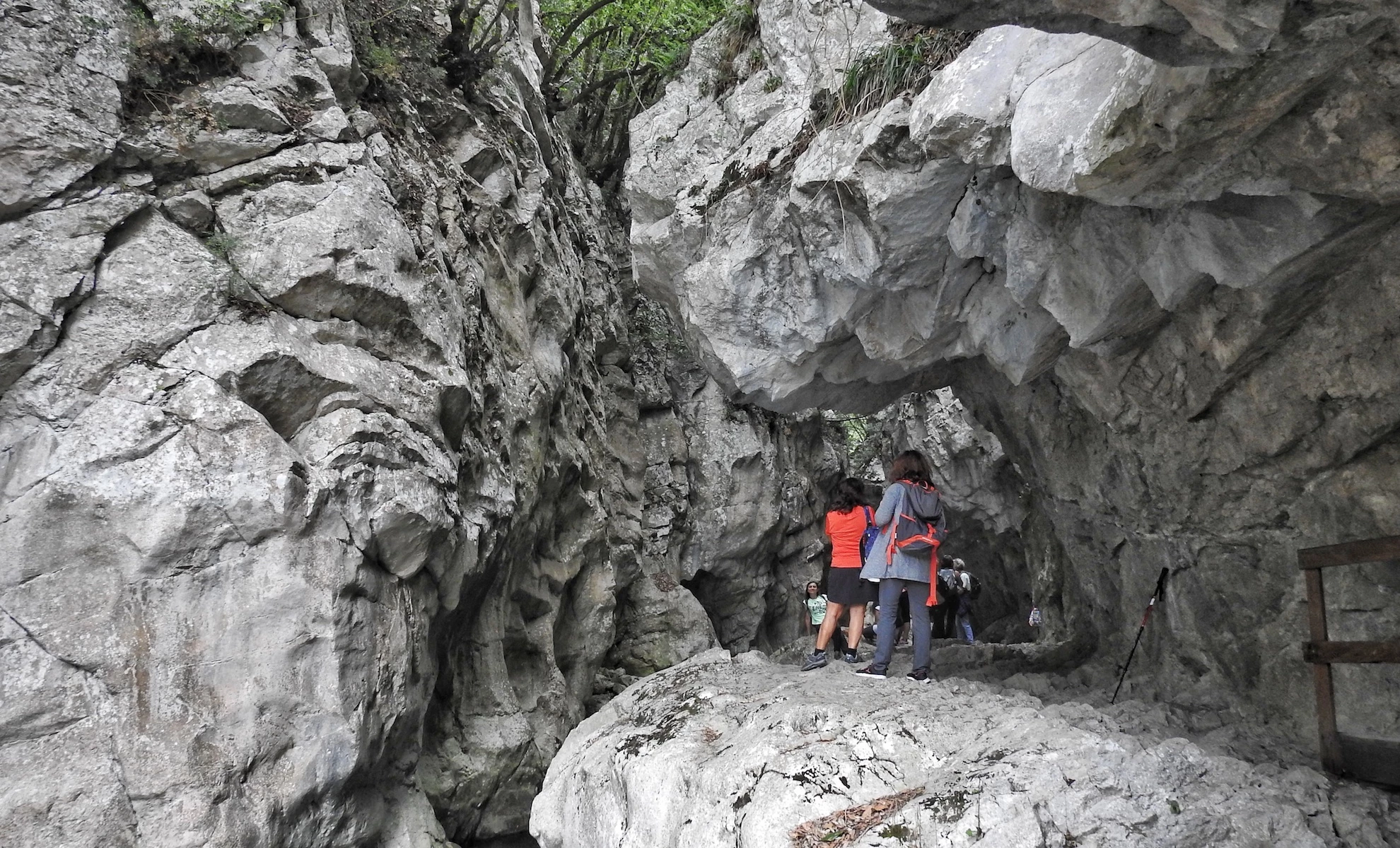The pebbly path shaded by beech and chestnut trees is so steep that it looks like a dry river bed. Consumed by time, the shepherds were already using it in the Bronze Age.
In the Gorges of Sammaro | Ph. Raffaele Imondi - Trentaremi
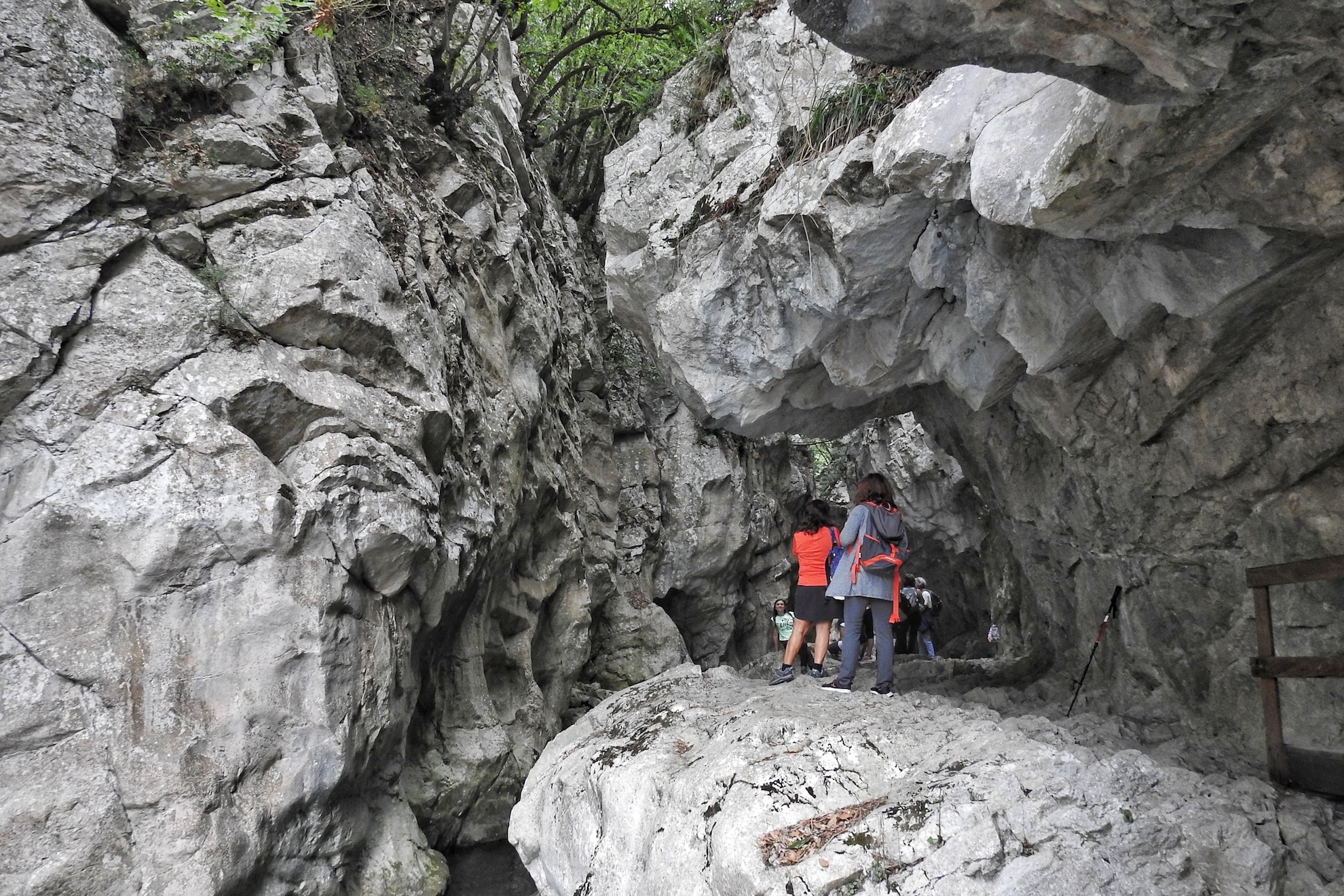
The royal kite, with its unmistakable forked tail and long wings, makes a fleeting appearance before disappearing behind the centuries-old concrete bridge that connects Sacco to Roscigno. The bark of a beech tree shines at a precise point with the same effect as the sun reflecting on the sea: it is a lizard shedding its skin, camouflaging itself between the green and brown of the trees. An agile athlete, green as an unripe apple, jumps between his shoulder and arm swinging like a twig in the wind: this is the stick insect, in the mood to make friends. The macaone butterfly chooses the delicate hand of a little girl to show off all its regal elegance.
A lizard shedding its skin | Ph. Raffaele Imondi - Trentaremi
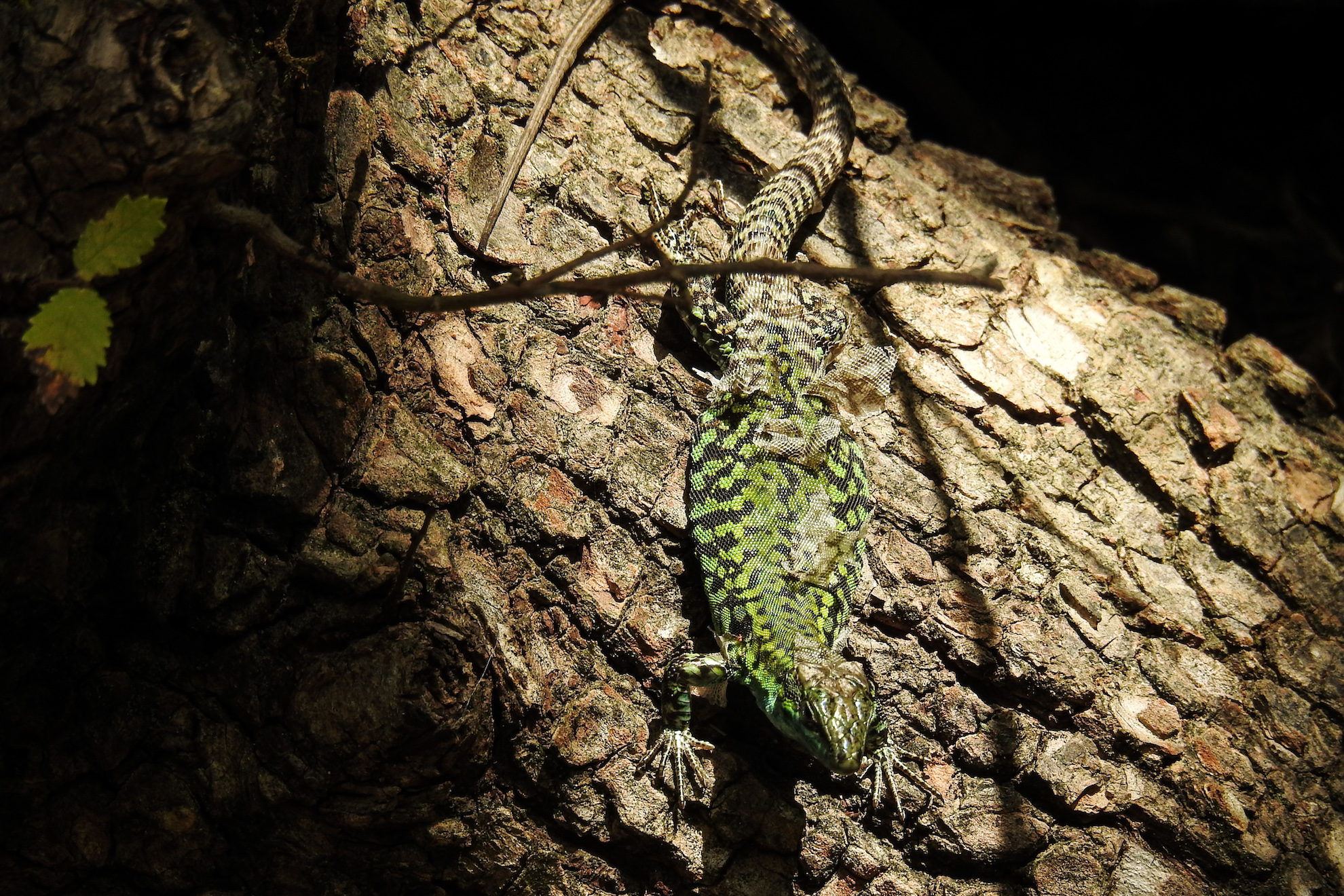
We are at the Gole del Sammaro (Gorges of Sammaro), in the Cilento National Park, Vallo di Diano and Alburni, a name that in its length already contains all the naturalistic variety of this land. Unknown to mass tourism also for difficulties in getting here, this corner of paradise is frequented mainly by people from neighbouring regions: Sacco, Roscigno, Bellosguardo. People go to Sammaro just as those who live in a seaside town go to the beach.
A hiker here feels like a young adventurer in a cartoon, who, equipped with a backpack, hat, boots and lines, is about to face the challenges of wild nature. After twenty minutes of slow steps, the appeal of a smell similar to the honey of a wild plum is so strong that you cannot help yourself from gathering a fruit, tasting it, breathing in its intense scent.
Ph. Raffaele Imondi - Trentaremi
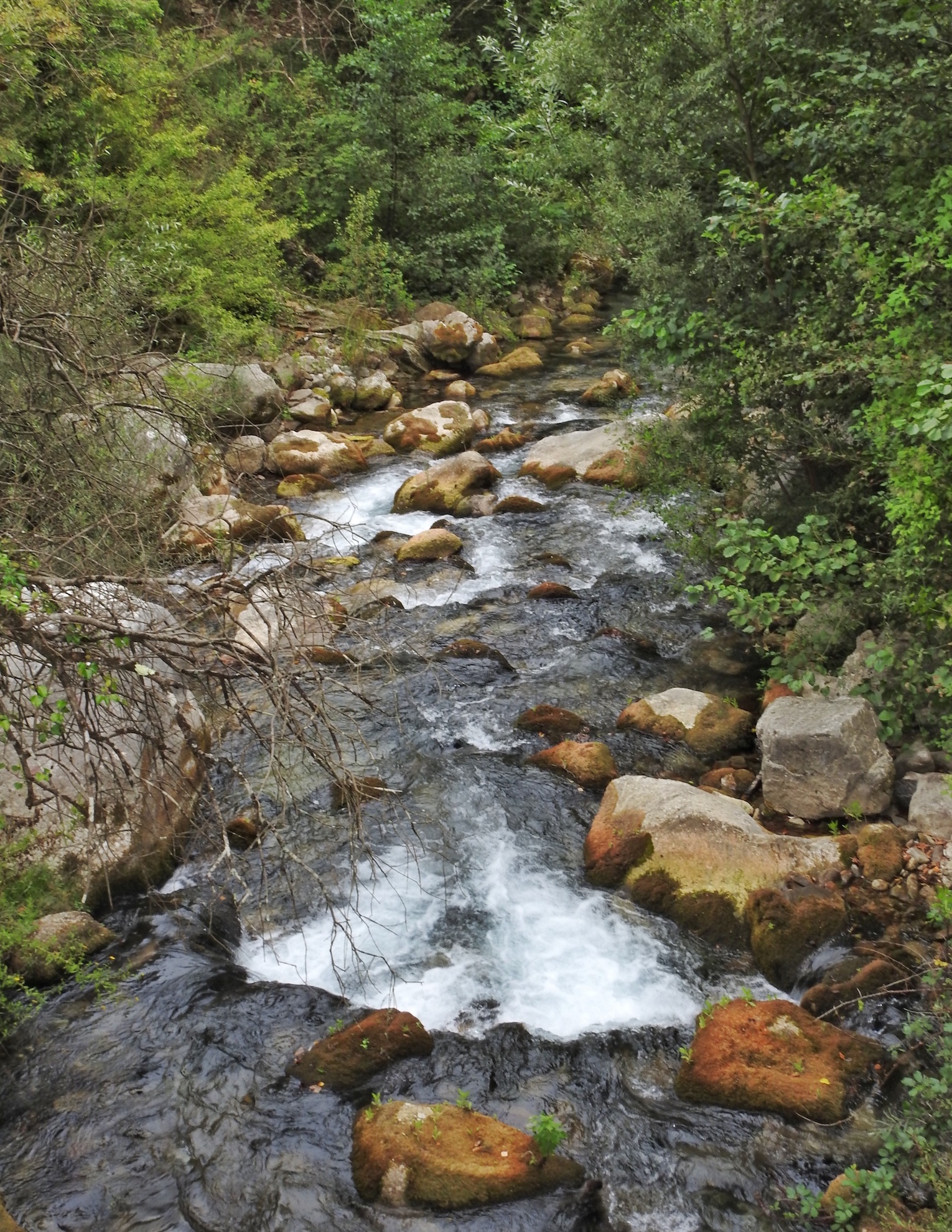
The crystalline water flows along a smooth white rock | Ph. Raffaele Imondi - Trentaremi
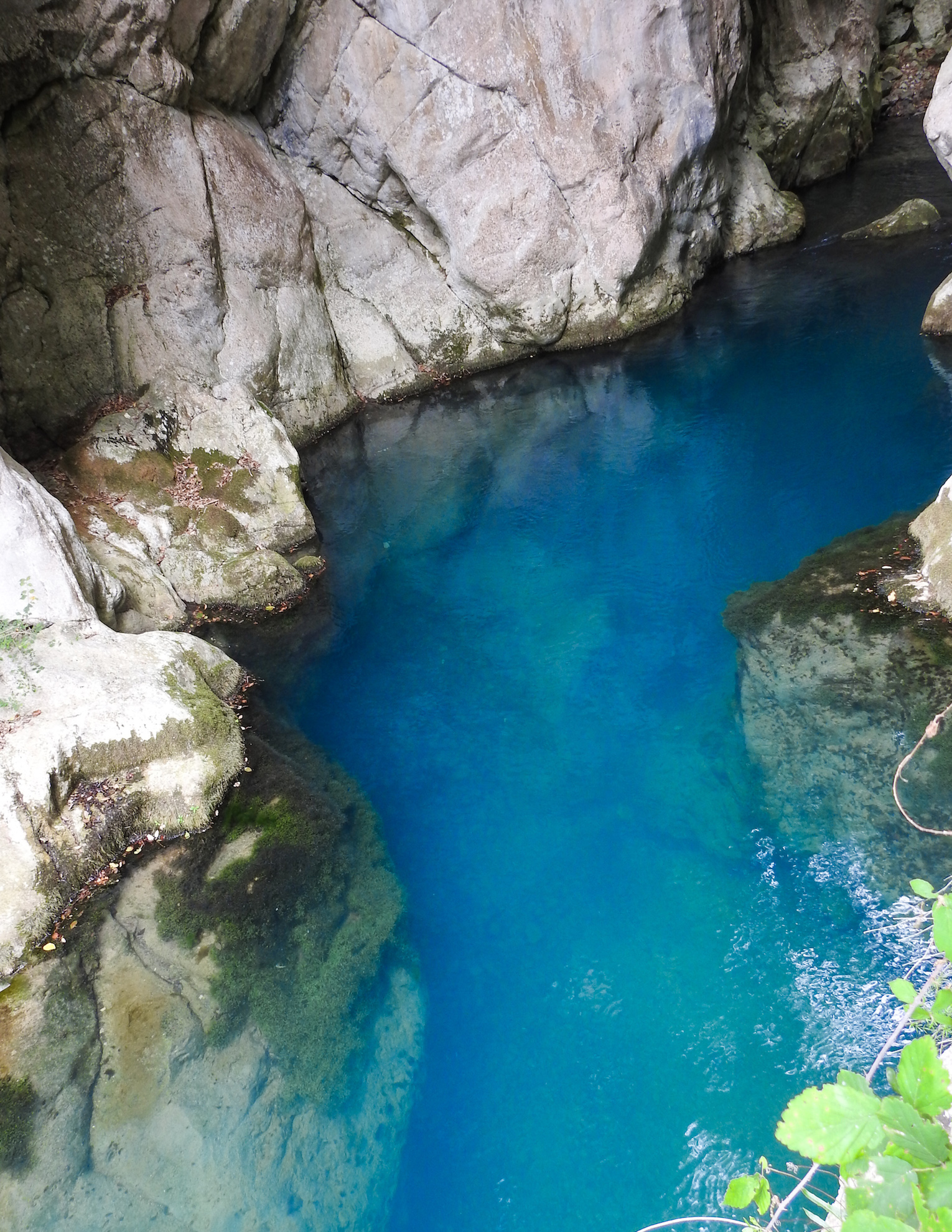
A few metres ahead, a wooden bridge catapults us into a fantasy world. The sound of the river water is getting louder, but it fails to mask the sound from the bushes. On the left bank, just in front of the remains of a stone mill, something is constantly moving between the shrubs. After a while, the nose of a very small wild boar emerges, which the mother has hidden in the woods to feed and protect it.
Meanwhile, the throated dipper, as a good connoisseur of clear streams, leans fleetingly on the water and then blend in with the thousands of shades of this land, peculiar also due to its pattern. White, flat, smooth to the point that you have to be careful not to slip, especially when you reach the final part of the path, so impressive as to make you lose your balance.
The stick insect | Ph. Raffaele Imondi - Trentaremi
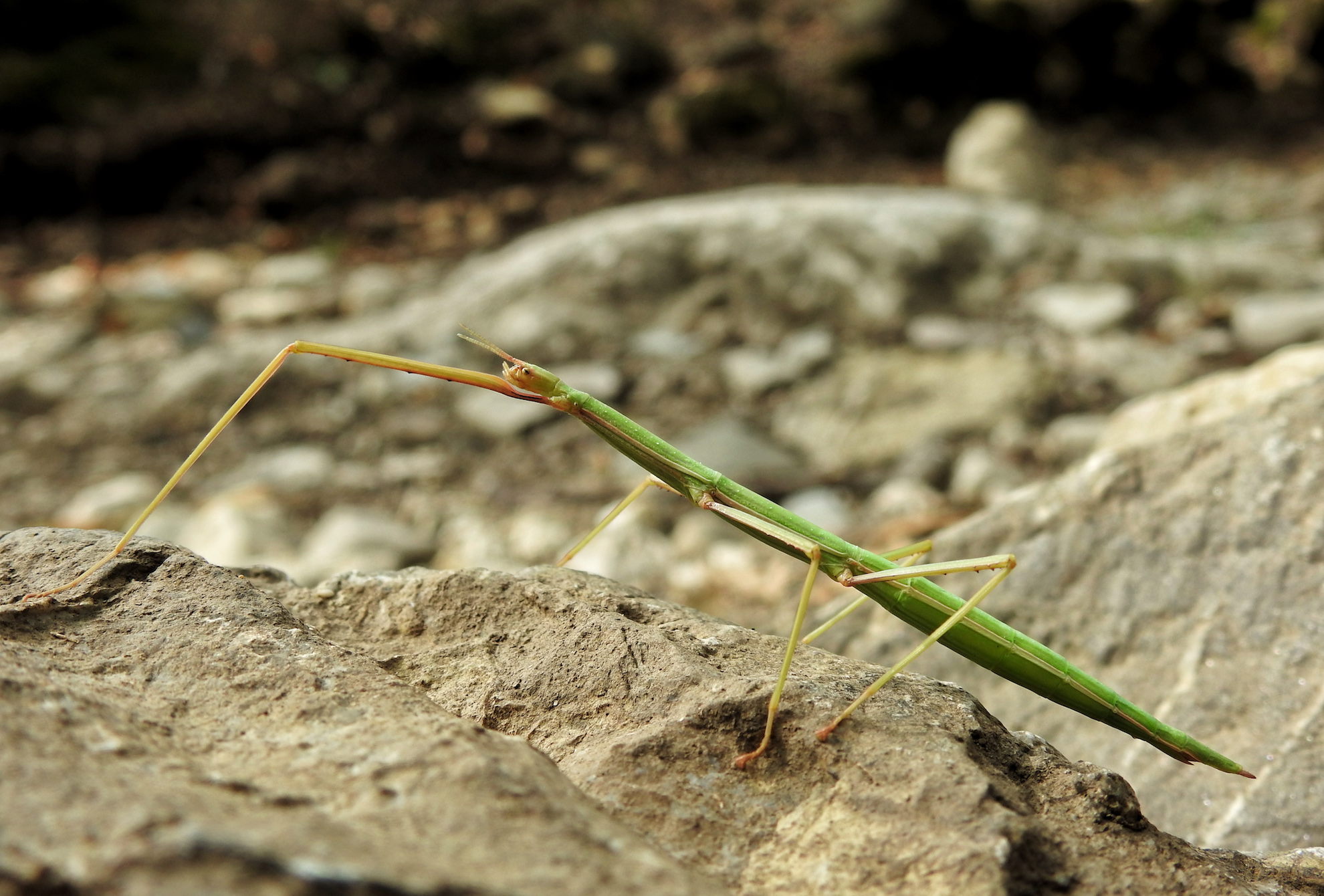
The Great Cave of Sacco or Cave of Jacopo is a large fracture in the rock at the foot of Mount Motola, under the village of Sacco Vecchia. The Mediterranean vegetation creates a roof from which some rays of the sun filter with difficulty. The shadow plays with the white of the rock and gives the water such a particular green colour that it seems to have been created on a palette.
View from the Roscigno bridge | Ph. Raffaele Imondi - Trentaremi
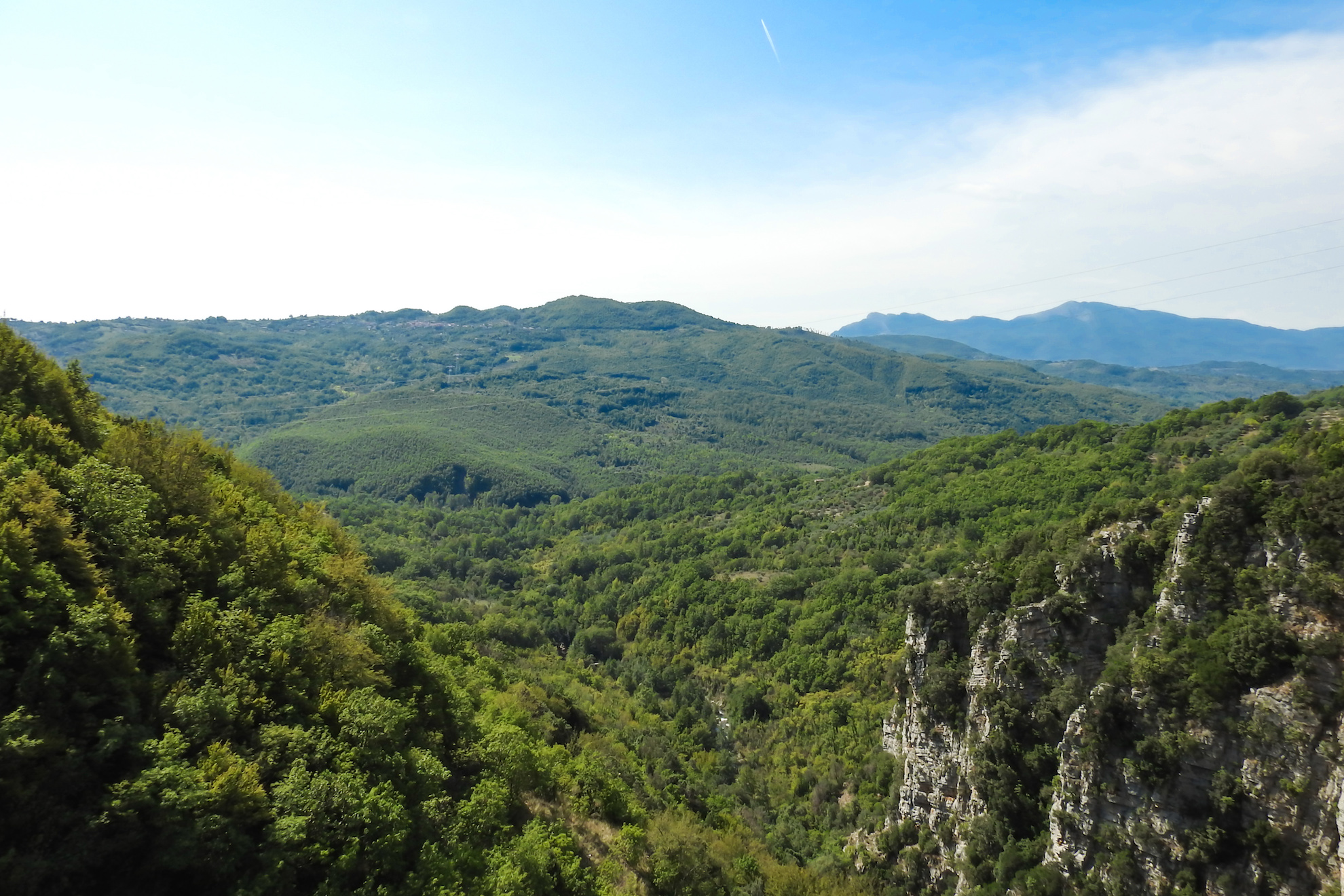
Overcoming the difficulty of a few slippery stones, you can stop inside the cave, with the current of the river echoing, a few rays of sunshine shining on the water and an infinite wonder at the aura of mystery that covers this place, which the pastoral communities of the fifteenth century had already chosen to live in.

